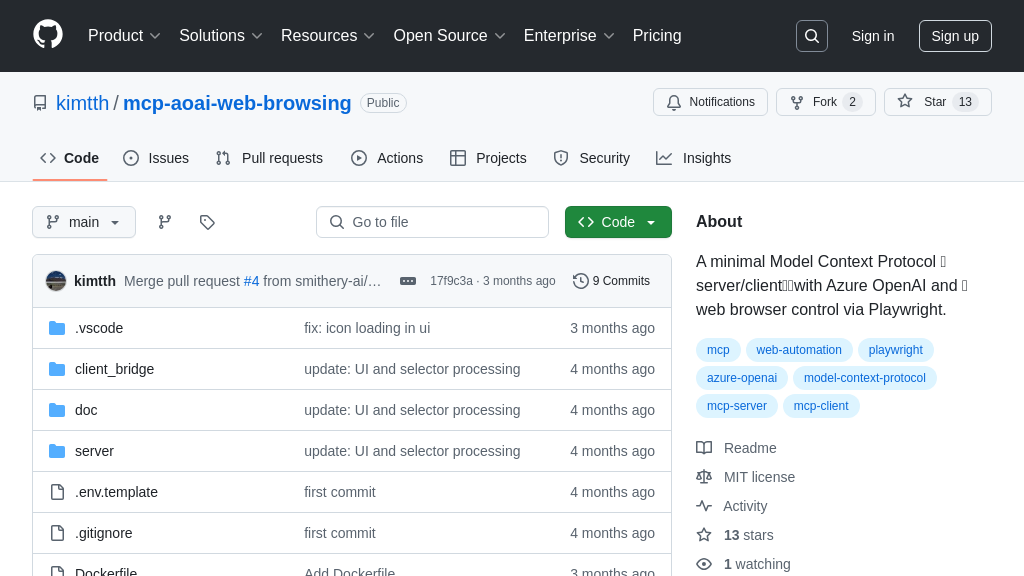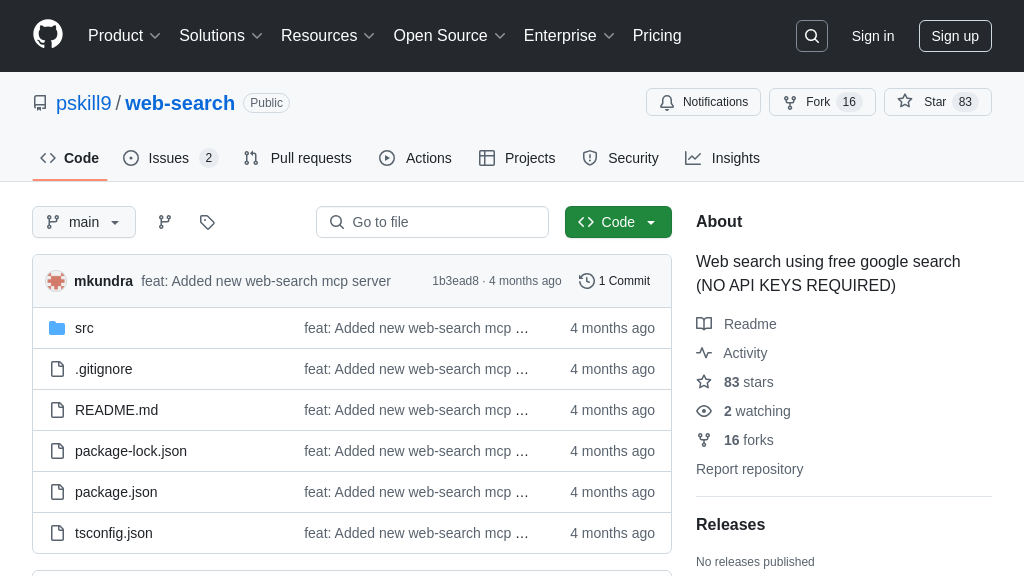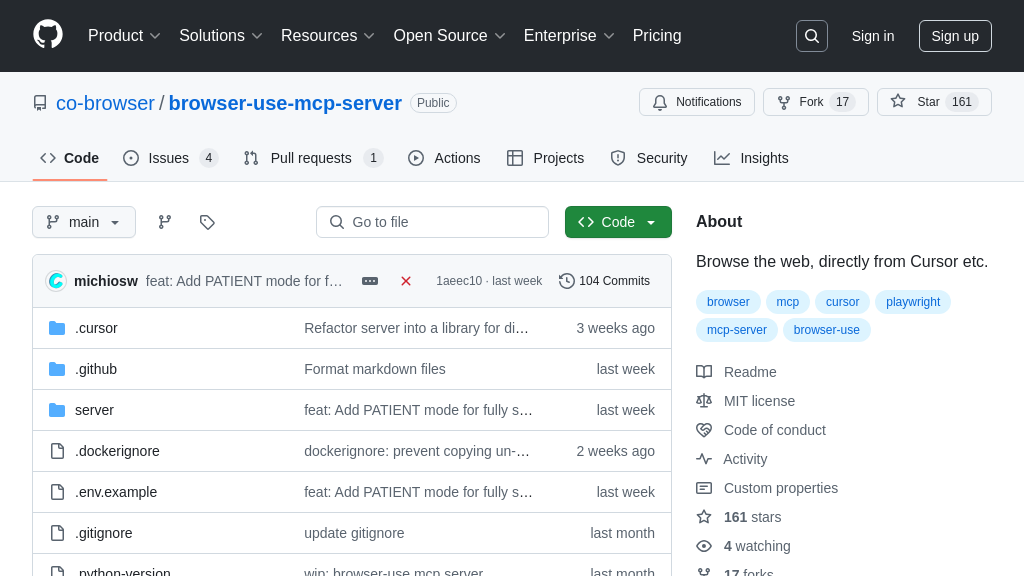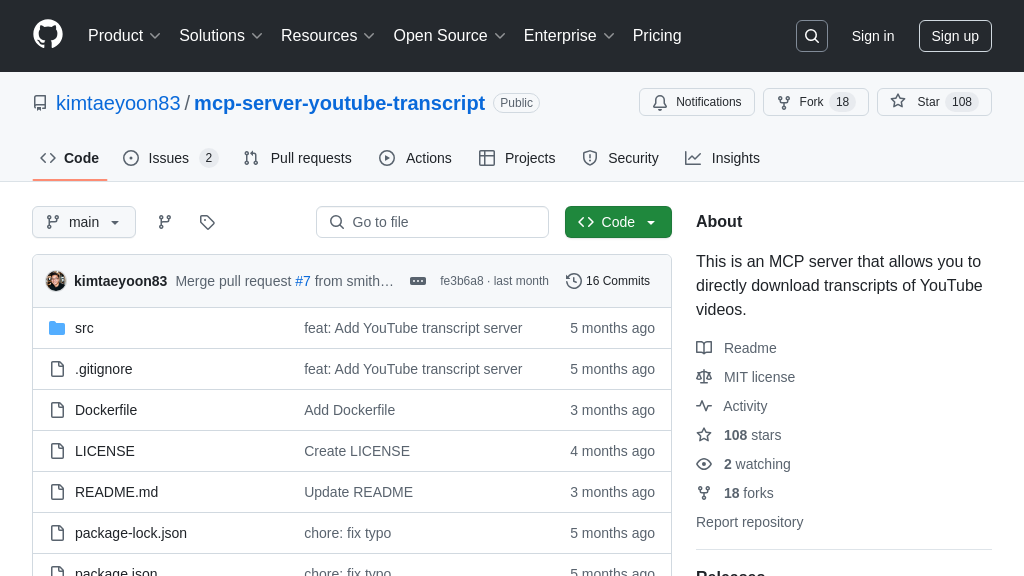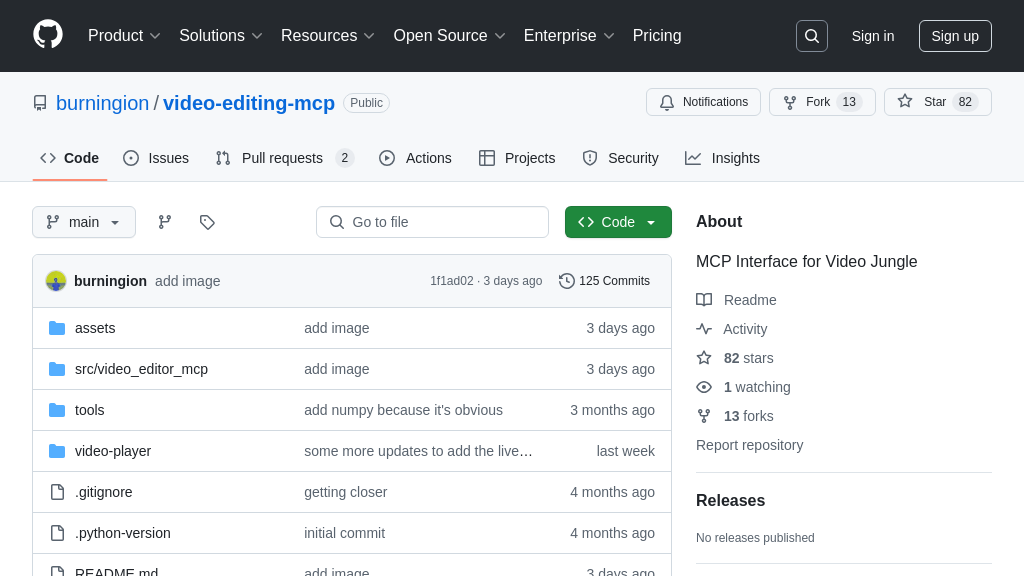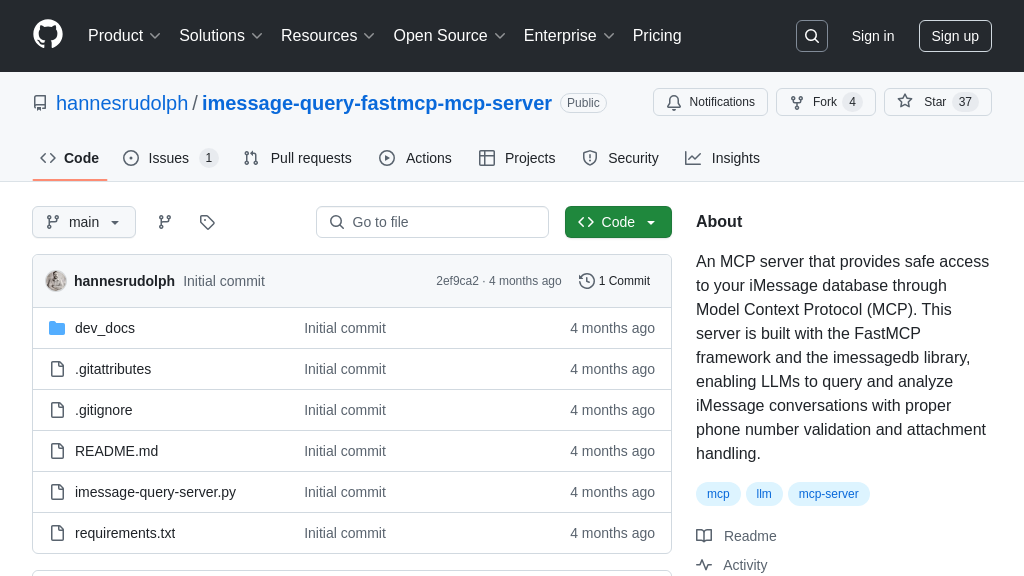cognee-mcp
Cognee MCP Server: Securely integrates Claude with external data for enhanced AI functionality.
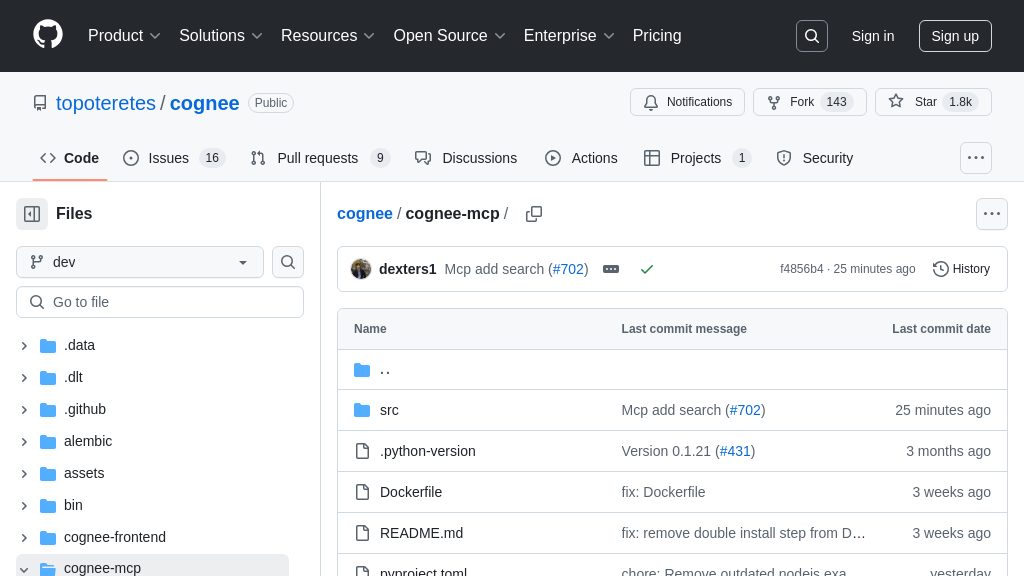
cognee-mcp Solution Overview
Cognee MCP Server is designed to seamlessly integrate Claude and other AI clients with external data sources and services. As an MCP server, Cognee empowers AI models to extend their capabilities, access real-time information, and perform more complex tasks securely. It acts as a bridge, allowing Claude to interact with the outside world through defined tools.
Cognee's value lies in its ability to unlock Claude's potential by providing access to external resources. Installation is straightforward, with options for both manual setup and automated installation via Smithery. Developers can define custom tools within Cognee, enabling Claude to perform specific actions. Cognee utilizes standard input/output and HTTP/SSE for communication, ensuring compatibility and ease of integration. By using Cognee, developers can enhance Claude's functionality and create more powerful and versatile AI applications.
cognee-mcp Key Capabilities
Secure External Data Access
Cognee MCP server acts as a secure intermediary, enabling AI clients like Claude to interact with external data sources and services without directly exposing the AI model to potential vulnerabilities. This is achieved through a client-server architecture where Claude (the client) sends requests to Cognee (the server). Cognee then processes these requests, interacts with the external resources, and returns the results to Claude. This sandboxed approach ensures that the AI model only receives validated and sanitized data, mitigating risks associated with untrusted external sources. For example, Claude can use Cognee to securely access a financial database to retrieve stock prices without directly connecting to the database, thus protecting the AI model from potential exploits. The server uses standard input/output and HTTP/SSE for communication.
Extensible Functionality via Tools
Cognee allows Claude to extend its capabilities by integrating various "tools" defined within the Cognee server. These tools can represent anything from simple data retrieval functions to complex API integrations. By defining these tools within Cognee, developers can tailor Claude's functionality to specific use cases. For instance, a "search" tool could be implemented to allow Claude to query external search engines and incorporate the results into its responses. This modular approach allows for easy addition and modification of functionalities without requiring changes to the core AI model. The cognify tool, as mentioned in the documentation, exemplifies this extensibility.
Simplified Deployment and Management
Cognee offers simplified deployment and management options, including both manual and automated installation methods. The manual installation process involves cloning the Cognee repository, installing dependencies using uv, and configuring Claude to recognize the Cognee server. Alternatively, the automated installation using Smithery streamlines the process, making it easier for users to quickly set up and integrate Cognee with Claude. This ease of deployment reduces the barrier to entry for developers looking to leverage the power of MCP and extend the capabilities of their AI models. The use of uv for dependency management and the provision of a Dockerfile further contribute to simplified deployment.
Integration Advantages
Cognee's design emphasizes seamless integration with AI clients like Claude. The configuration process, which involves modifying the claude_desktop_config.json file, is straightforward and well-documented. This allows users to quickly connect Claude to the Cognee server and begin leveraging its extended functionalities. Furthermore, the use of standard communication protocols like HTTP/SSE ensures compatibility with a wide range of AI clients and external services. The clear instructions for configuring Claude and the provision of example configurations facilitate a smooth integration experience.
